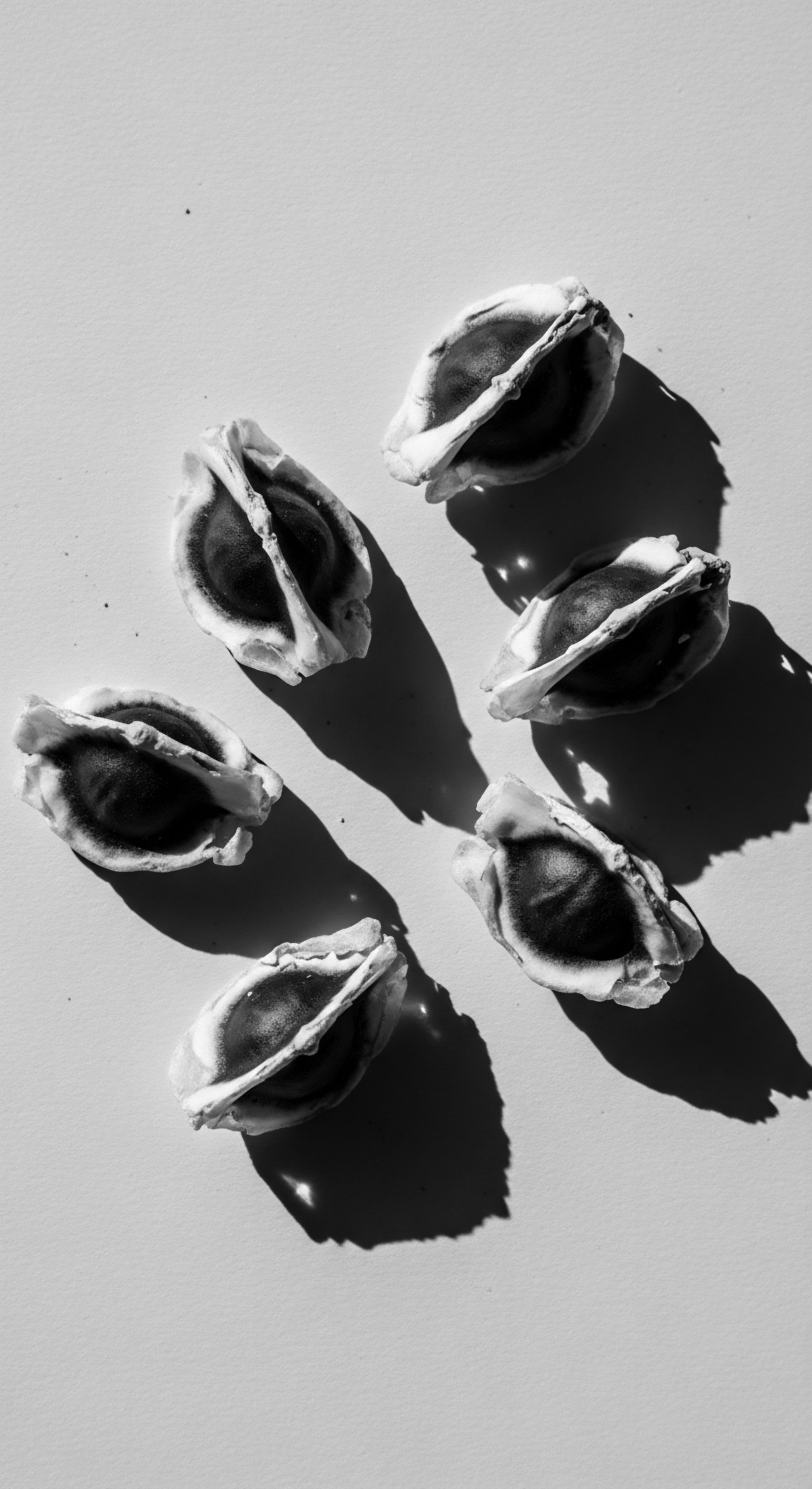
Fundamentals
Student Well-being, in its foundational sense, refers to the holistic health and flourishing of individuals within an educational setting. This comprehensive concept extends far beyond mere academic achievement, encompassing a student’s emotional stability, psychological resilience, social connectedness, physical vitality, and cultural rootedness. It represents a state where students feel secure, valued, and capable, enabling them to navigate the challenges of learning and personal growth with an inner strength. The core meaning of Student Well-being speaks to an environment where every learner can truly thrive, not simply endure.
From the perspective of textured hair heritage, this fundamental definition takes on deeper layers of significance. For generations, the hair of Black and mixed-race students has been a profound, often visible, marker of identity, history, and community. Its care and styling have been interwoven with ancestral practices, serving as conduits for intergenerational wisdom and communal bonding. When we speak of a student’s well-being, especially for those with textured hair, we must consider the intricate relationship between their hair, their self-perception, and the societal landscapes they traverse.
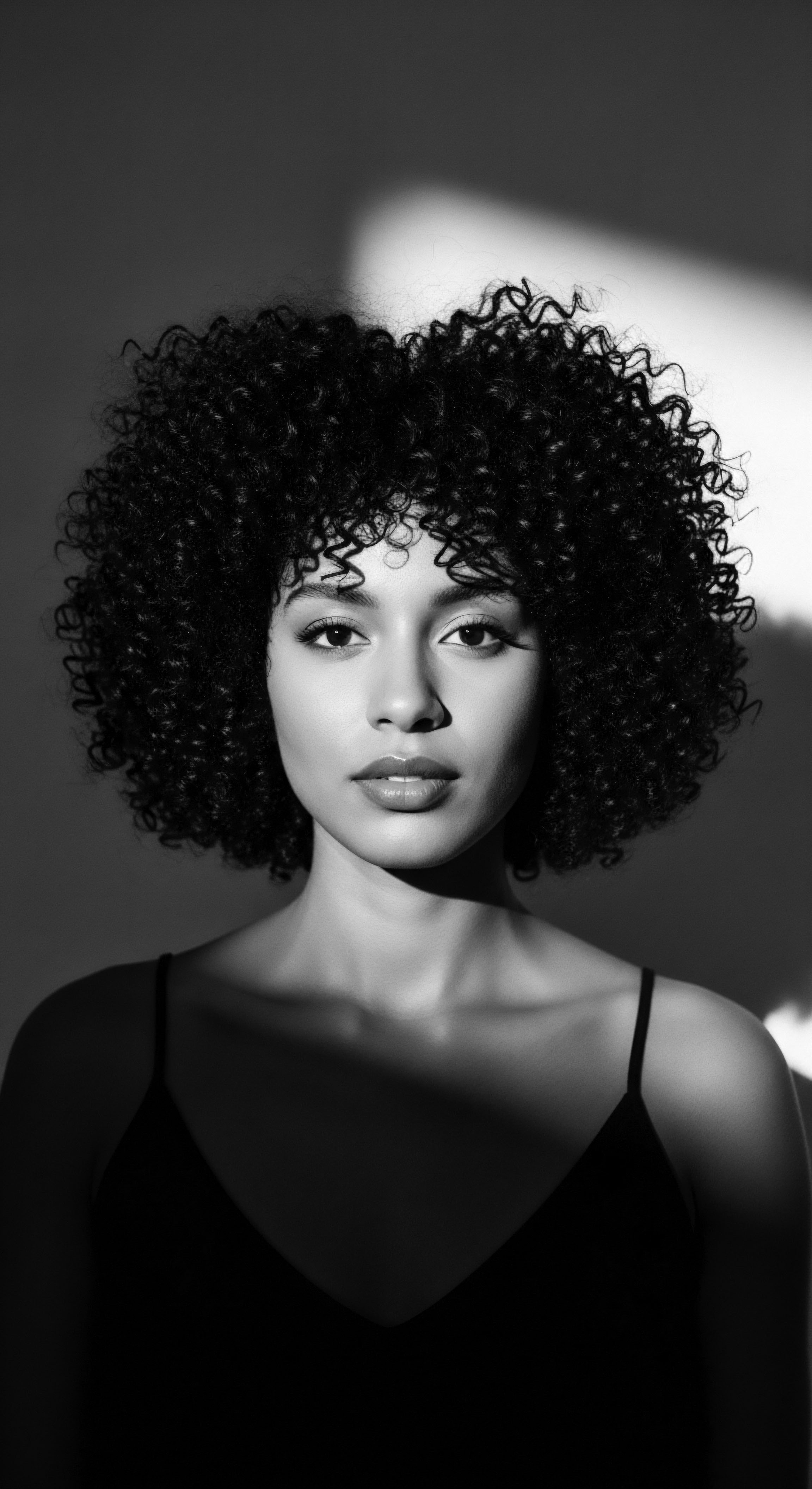
The Echoes of Identity in Every Strand
Understanding Student Well-being requires acknowledging that a student’s sense of self is inextricably linked to their heritage. For Black and mixed-race students, hair is not merely an aesthetic choice; it is a declaration of lineage, a canvas for cultural expression, and a repository of ancestral stories. The well-being of such a student is therefore deeply tied to the acceptance and affirmation of their hair in educational spaces. When schools or broader societal norms invalidate or penalize natural hair, it can sever a vital connection to identity, leading to feelings of alienation and diminished self-worth.
Student Well-being, viewed through the lens of textured hair heritage, is a holistic state where cultural identity, particularly as expressed through hair, is affirmed and celebrated within educational environments.
The earliest forms of hair care within African civilizations were not simply about hygiene or adornment; they were spiritual practices, social rituals, and markers of status, age, and tribal affiliation. These traditions provided a framework for communal well-being, where hair served as a conduit for connection to the unseen world and a visual language system (Mbilishaka, 2018a). The collective memory of these practices, even when unspoken, influences the contemporary experience of textured hair.
- Ancestral Care ❉ Traditional African societies utilized specific herbs, oils, and styling techniques passed down through generations to maintain hair health and convey social meaning.
- Communal Bonding ❉ Hair-braiding sessions were often intergenerational gatherings, fostering community, storytelling, and the transmission of cultural knowledge.
- Spiritual Connection ❉ Hair, being the highest point on the body, was often seen as a spiritual antenna, connecting individuals to the divine and ancestral realms (Mbilishaka, 2018a).
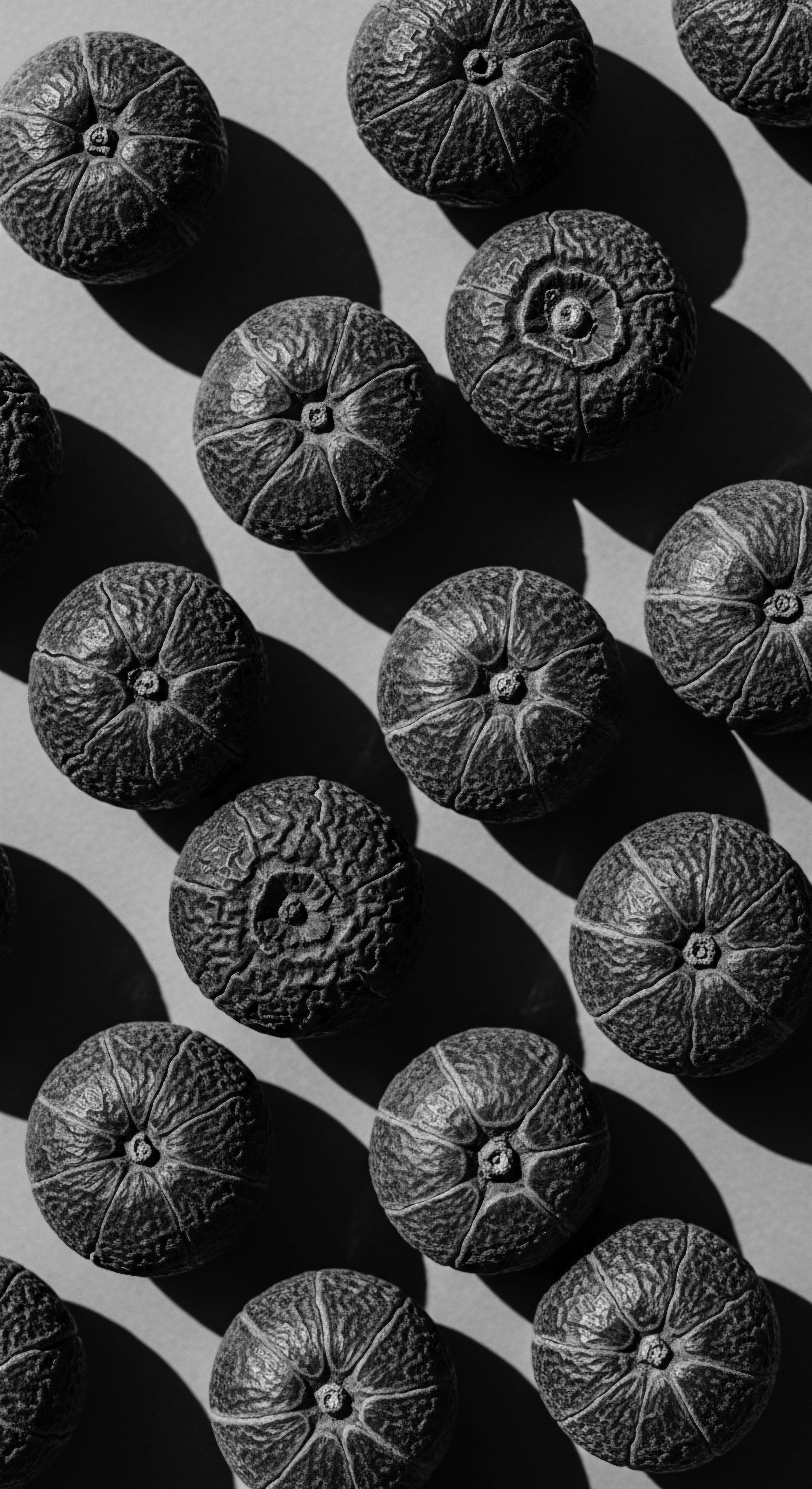
Intermediate
Moving beyond a basic understanding, the intermediate interpretation of Student Well-being delves into the systemic influences that shape a student’s journey, particularly within the context of textured hair heritage. It acknowledges that well-being is not solely an individual responsibility but is profoundly impacted by the environments in which students learn and grow. For Black and mixed-race students, this means recognizing the historical and ongoing impact of Eurocentric beauty standards on their hair identity and, consequently, their overall well-being.
The significance of Student Well-being at this level involves understanding the intricate interplay between individual experiences and broader societal structures. It considers how hair discrimination, a persistent echo of historical dehumanization, directly compromises a student’s psychological safety and sense of belonging. The very act of navigating educational spaces often becomes a negotiation of identity, where natural hair can be deemed “unprofessional” or “unruly,” forcing students to choose between authenticity and acceptance (Maharaj, 2025). This deeply affects their emotional and psychological state.

The Unseen Burdens of Hair Identity
The history of Black hair in the diaspora is one of profound resilience and resistance, yet also of immense struggle against imposed ideals. During the era of enslavement, the deliberate shaving of hair was a brutal act of dehumanization, designed to strip individuals of their cultural connections and personal identity (Byrd & Tharps, 2014). This historical trauma reverberates through generations, manifesting in contemporary hair discrimination that continues to impact student well-being.
Intermediate Student Well-being recognizes the profound influence of historical and societal forces, particularly hair discrimination, on the self-perception and psychological health of textured-hair students.
The pressure to conform to Eurocentric beauty standards, often involving chemical alteration of hair texture, has historically been linked to perceptions of social and economic mobility (Johnson & Bankhead, 2014). This legacy persists, with many Black individuals experiencing anxiety and hypervigilance about how their hair is perceived in academic and professional settings (Maharaj, 2025). Such pressures are not merely superficial; they can lead to internalized racism, negative self-image, and chronic stress, undermining a student’s capacity to flourish (Maharaj, 2025).
Consider the striking statistic ❉ a 2019 study conducted by Dove revealed that 66 percent of Black girls in majority-White schools experience hair discrimination, compared to 45 percent of Black girls in other school environments (Dove, 2019, cited in Williams, 2022). This disparity underscores the pervasive nature of hair bias and its direct impact on the well-being of Black students within specific educational contexts. The emotional toll of these experiences, often unspoken, can include feelings of cultural disconnection and isolation, impacting their ability to engage fully in their learning journey (Maharaj, 2025).
| Historical Practice/Influence Enslavement-era hair shaving and denigration |
| Impact on Hair Identity & Well-Being Severed cultural ties, fostered self-negation, and introduced concepts of "good" vs. "bad" hair. |
| Contemporary Manifestation/Response Ongoing hair discrimination in schools and workplaces; psychological distress from perceived unprofessionalism of natural styles. |
| Historical Practice/Influence Post-slavery chemical straightening for assimilation |
| Impact on Hair Identity & Well-Being Physical harm to hair and scalp; internal conflict regarding authenticity and acceptance. |
| Contemporary Manifestation/Response Pressure to alter natural texture for perceived professional or academic advantage; ongoing health disparities related to chemical treatments. |
| Historical Practice/Influence Ancestral hair rituals (braiding, oiling) |
| Impact on Hair Identity & Well-Being Reinforced community, identity, and spiritual connection; promoted natural hair health. |
| Contemporary Manifestation/Response Re-emergence of natural hair movement; use of traditional practices for self-care and cultural affirmation; advocacy for CROWN Act legislation. |
| Historical Practice/Influence Understanding these historical currents illuminates the deep roots of current challenges and the enduring resilience found in textured hair communities. |
The implications extend to academic performance, as discrimination and exclusion can lead to decreased motivation and engagement (Byrd & Chavous, 2011, cited in Young, 2023). A strong racial identity, however, can act as a protective factor against such negative effects, fostering academic curiosity and persistence (Butler-Barnes, 2018). This highlights the need for educational environments to actively cultivate spaces where students feel seen, respected, and affirmed in their whole selves, including their hair.
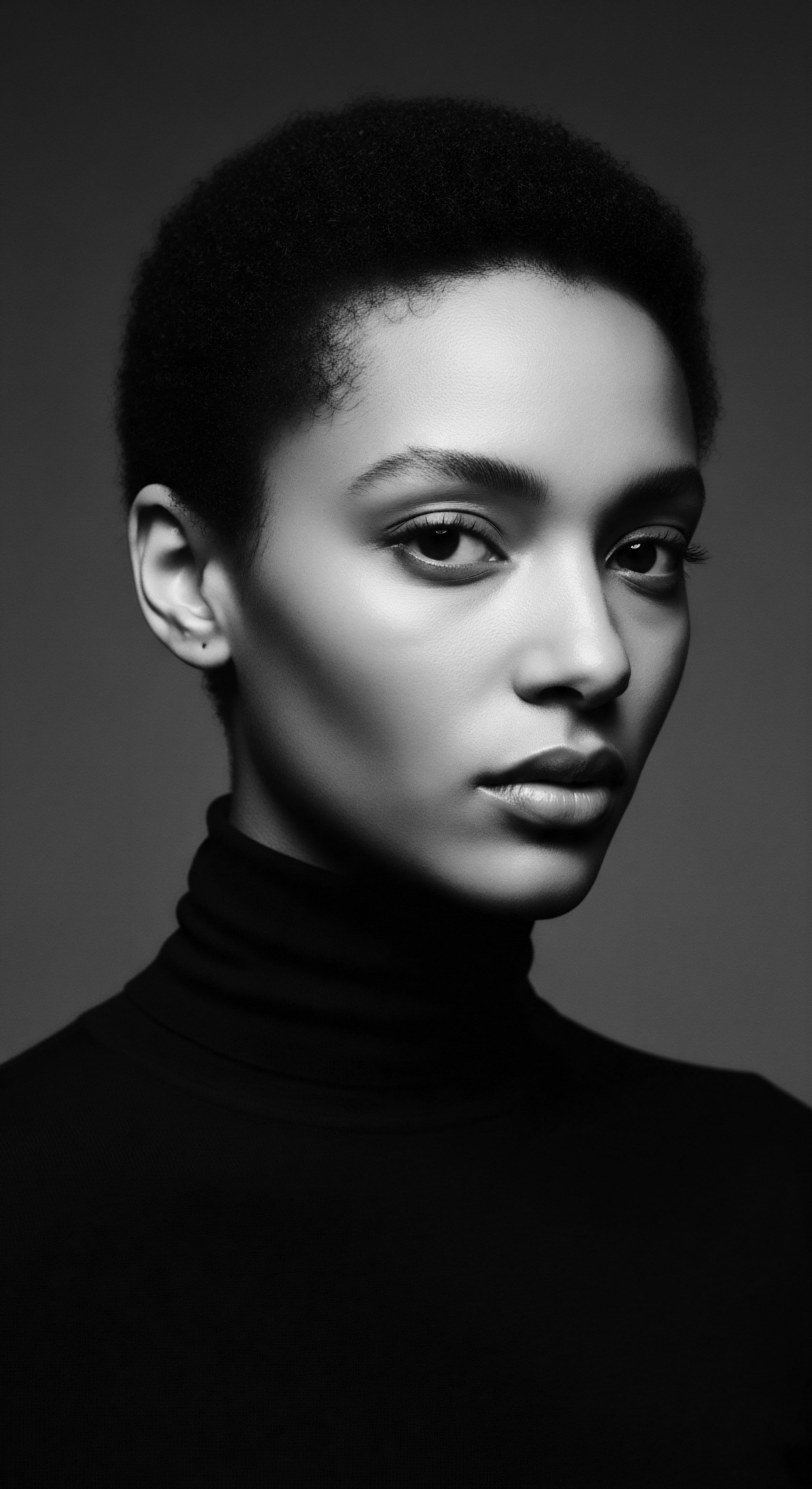
Academic
From an academic vantage point, Student Well-being constitutes a complex, multidimensional construct, representing the optimal psycho-social, emotional, and physical states conducive to sustained learning and personal actualization within educational ecosystems. Its definition extends beyond the mere absence of distress to encompass the presence of positive psychological functioning, social integration, and a robust sense of identity and purpose. This comprehensive explication necessitates an interdisciplinary lens, drawing from psychology, sociology, cultural studies, and public health, particularly when examining its intersection with textured hair heritage. The meaning of Student Well-being, in this context, is thus the dynamic equilibrium achieved when institutional practices and societal perceptions align with, and actively champion, the inherent value and cultural expressions of every student, thereby mitigating identity-based stressors and fostering environments of authentic belonging.
The profound significance of textured hair within Black and mixed-race communities positions hair discrimination as a critical determinant of Student Well-being. This is not merely a superficial concern but a deeply embedded systemic issue, stemming from centuries of racialized aesthetic hierarchies. The devaluation of Afro-textured hair, often rooted in colonial ideologies that linked kinky or coiled hair to inferiority, has created a persistent “esthetic trauma” for individuals of African descent (Association of Black Psychologists, cited in Okoro & Okoro, 2023). This trauma manifests as chronic stress, anxiety, and internalized racism, directly impeding a student’s capacity for optimal functioning within academic settings.
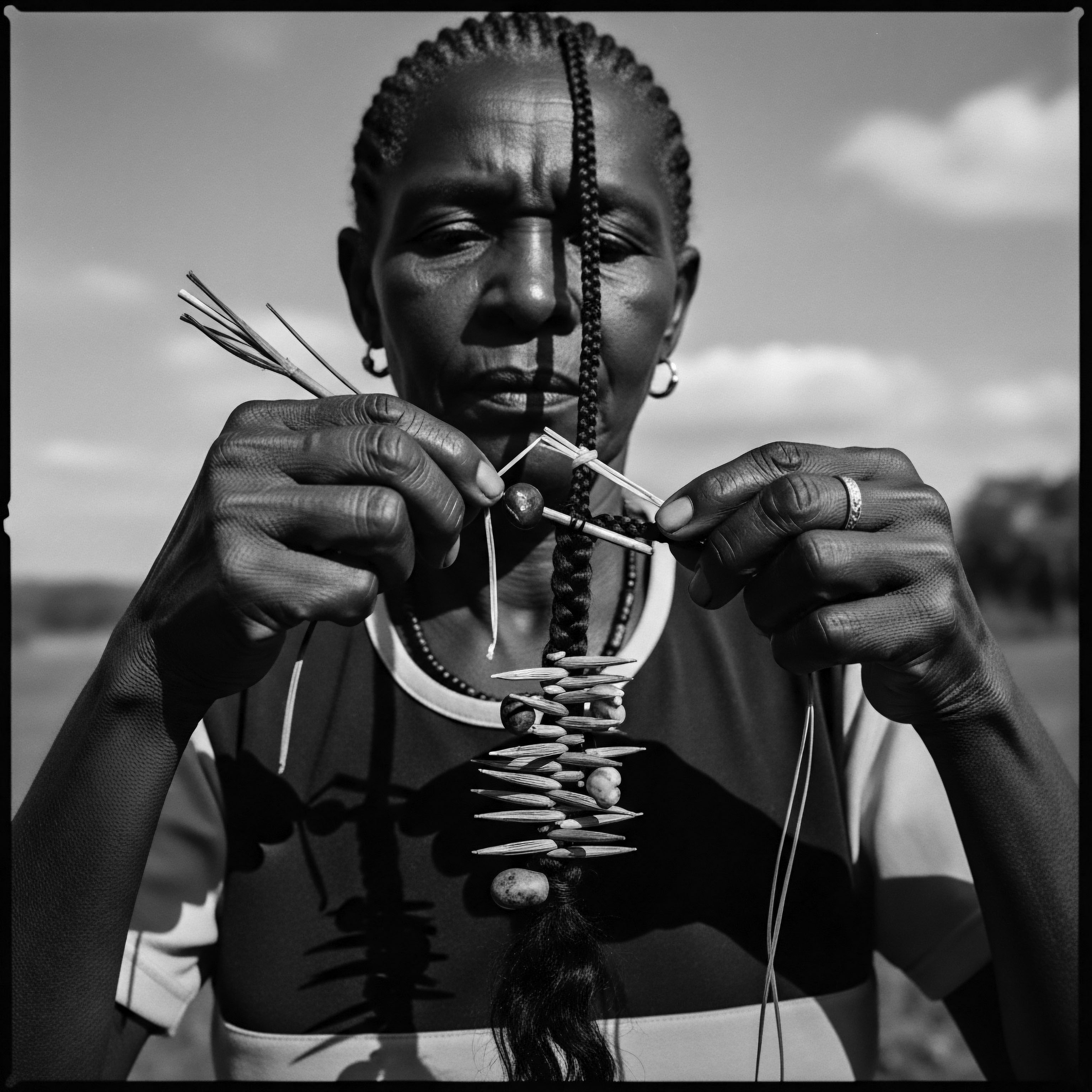
Psycho-Historical Stratification of Hair and Its Impact
The psychological meaning of Black hair is profoundly stratified, acting as the most malleable phenotypic expression of race (Mbilishaka, 2018a). Hair, for Black communities, is a living archive, a symbol of community, pride, and resistance, yet its navigation within Eurocentric societal norms often incurs a significant cost (Maharaj, 2025). The continuous exposure to microaggressions regarding hair, ranging from unwanted touching to derogatory comments, contributes to heightened vigilance and a compromised sense of psychological safety (Maharaj, 2025). Research consistently indicates that negative hair experiences are normative for young Black girls, with some studies showing that as many as 78% of 10-year-olds reported unwanted hair touching (Perez et al.
2022). This early and persistent exposure to hair-based scrutiny can cultivate a deep-seated discomfort in school environments and interpersonal relationships, leading to anxiety and embarrassment (Mbilishaka, 2024).
The academic impact of such discrimination is quantifiable. Studies reveal that students who experience colorism, which often correlates with hair texture and features, are more likely to experience decreased motivation and lower self-confidence, contributing to a widening achievement gap (Monk, 2021, cited in Young, 2023). Conversely, a robust ethnic-racial identity serves as a protective factor against the detrimental effects of discrimination, correlating with higher academic achievement and greater engagement (Miller-Cotto & Barnes, 2016, cited in Young, 2023). This underscores the imperative for culturally affirming educational practices that validate students’ identities, including their hair, as integral to their academic and social well-being (Allen, Scott, & Lewis, 2013).
The “PsychoHairapy” framework, developed by Dr. Afiya Mbilishaka, exemplifies a critical intervention, bridging the historical and psychological significance of Black hair with mental health support (Mbilishaka, 2018a). This approach recognizes hair care settings as vital community spaces for therapeutic engagement, where culturally informed psychologists can address the unique psychological needs of Black clients. Such initiatives validate the inherent connection between hair, identity, and mental wellness, demonstrating a profound understanding of Student Well-being that extends beyond conventional academic metrics.
Academic Student Well-being demands a critical examination of how historical biases, particularly hair discrimination, impede psychological safety and academic flourishing, advocating for culturally affirming educational paradigms.
Furthermore, the suppression of ethnic identity, often compelled by institutional pressures to conform to dominant beauty standards, has been linked to adverse psychological consequences such as cognitive deterioration, increased depression, and diminished self-esteem (Shih et al. 2013, cited in Abioye & Veenstra, 2024). The internal conflict arising from the pressure to alter one’s natural hair to fit professional or academic norms contributes to feelings of inauthenticity (Dawson et al.
2019, cited in Abioye & Veenstra, 2024). This complex interplay of external pressures and internal responses necessitates a nuanced understanding of Student Well-being that acknowledges the historical weight carried by textured hair.
The evolution of hair practices within the African diaspora, from elaborate pre-colonial styles signifying social standing to the forced shaving during enslavement and the subsequent embrace of chemical straightening for assimilation, offers a poignant historical example (Byrd & Tharps, 2014; Rosado, 2003). The resurgence of the natural hair movement in the 21st century represents a powerful act of self-definition and cultural reclamation, directly impacting the psychological well-being of Black women and girls by fostering hair-esteem and self-esteem (Bankhead & Johnson, 2014; Hamilton, 2023). This movement, supported by online communities, cultivates a collective consciousness and reinforces the importance of accepting and celebrating natural hair textures (Henderson, 2015).
Academically, the exploration of Student Well-being within this heritage context requires a shift from deficit-based models to asset-based approaches. This involves:
- Centering Cultural Assets ❉ Recognizing and valuing the diverse cultural backgrounds, traditions, and expressions, including hair, as inherent strengths that contribute to a student’s well-being and academic success (Gay, 2018).
- Implementing Culturally Responsive Pedagogy ❉ Creating learning environments where curriculum, teaching methods, and classroom interactions affirm students’ identities and build bridges between their cultural assets and academic content (Ladson-Billings, 1995, cited in Slocum, 2022).
- Advocating for Policy Change ❉ Supporting legislative efforts, such as the CROWN Act, that prohibit race-based hair discrimination in schools and workplaces, thereby creating safer and more equitable environments for textured-hair students (Jenkins, 2025).
The comprehensive meaning of Student Well-being, therefore, must account for the intricate connections between individual psychological states, socio-historical contexts, and the profound cultural significance of hair. It is a delineation that calls for a holistic, empathetic, and culturally attuned approach to education, one that not only tolerates but actively celebrates the diverse expressions of identity that enrich the academic tapestry.
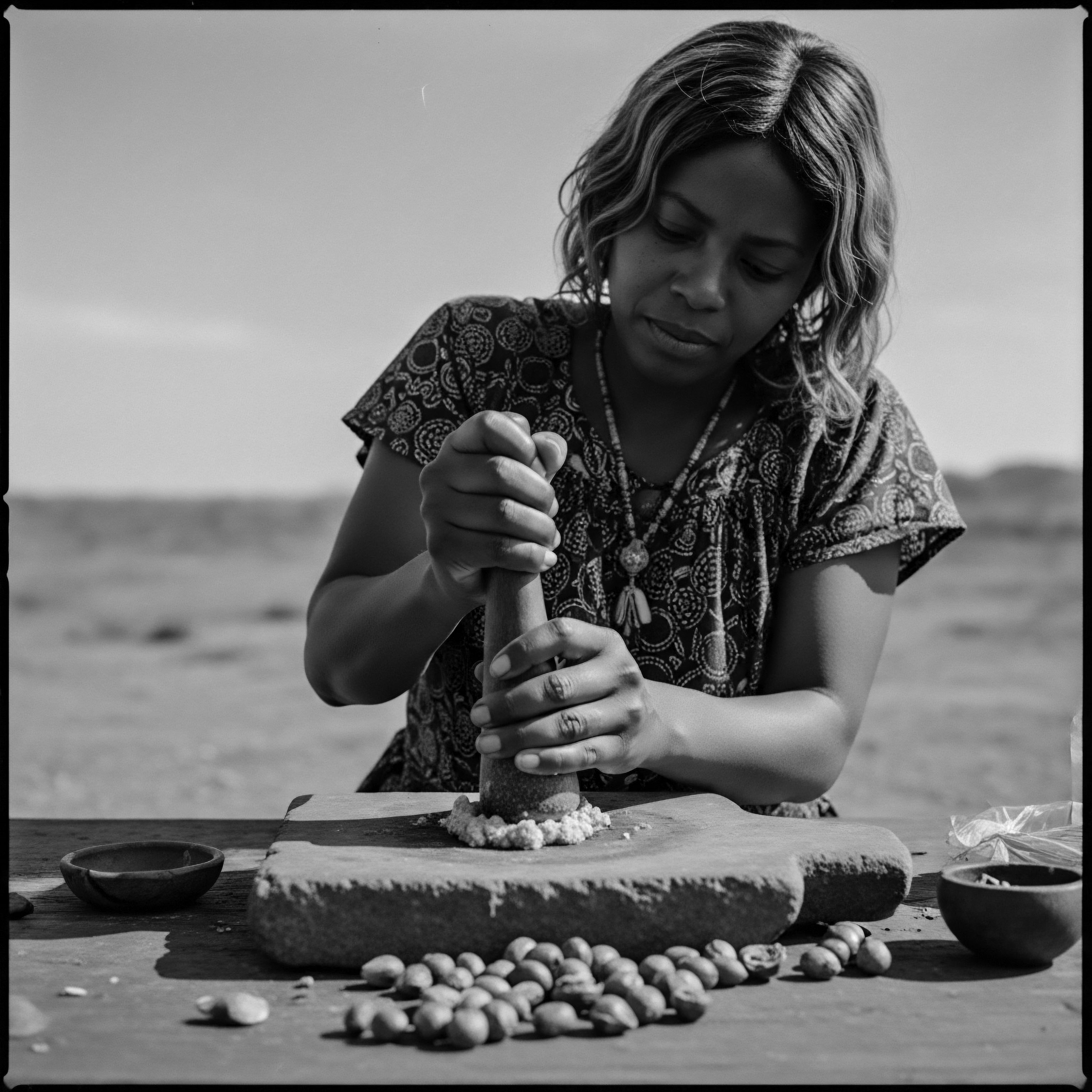
Reflection on the Heritage of Student Well-Being
As we close this contemplation on Student Well-being, particularly through the luminous lens of textured hair heritage, a resonant truth settles upon the spirit ❉ the echoes from the source are never truly silenced. The enduring meaning of well-being, for those whose strands carry the ancestral memory of Africa and its diaspora, is a profound testament to resilience, identity, and the unbroken lineage of care. It is a concept not merely to be understood intellectually, but to be felt in the very fibers of being, in the gentle rhythm of a comb through coils, in the affirming gaze that recognizes a crown.
The journey of Student Well-being, from elemental biology to its intricate cultural significance, is a living narrative. It began with the simple, yet profound, act of caring for hair as a sacred part of self, a practice steeped in communal wisdom and spiritual reverence. This tender thread of care, passed down through hands and hearts, became a silent language of love and belonging. Even as historical tides brought displacement and oppression, attempting to sever these connections, the spirit of hair heritage persisted, whispering tales of identity and strength across generations.
The contemporary landscape of Student Well-being for textured hair is thus an unbound helix, continuously spiraling between the past and the future. It calls upon us to recognize that the health of a student’s mind and spirit is intrinsically linked to the freedom they possess to embody their full cultural self, unburdened by external judgments. When a student with locs or braids walks into a classroom, their well-being is not just about their grades or their emotional state; it is also about whether that space honors the history woven into their hair, whether it sees the strength of their heritage, and whether it affirms their right to simply exist, authentically.
This definition, therefore, is a call to collective consciousness. It invites educators, policymakers, families, and communities to cultivate environments where the heritage of textured hair is not merely tolerated but celebrated as a cornerstone of holistic well-being. For in honoring the intricate beauty and profound history of every strand, we do not just support a student; we uphold a legacy, and we shape a future where every crown can shine, truly unbound.
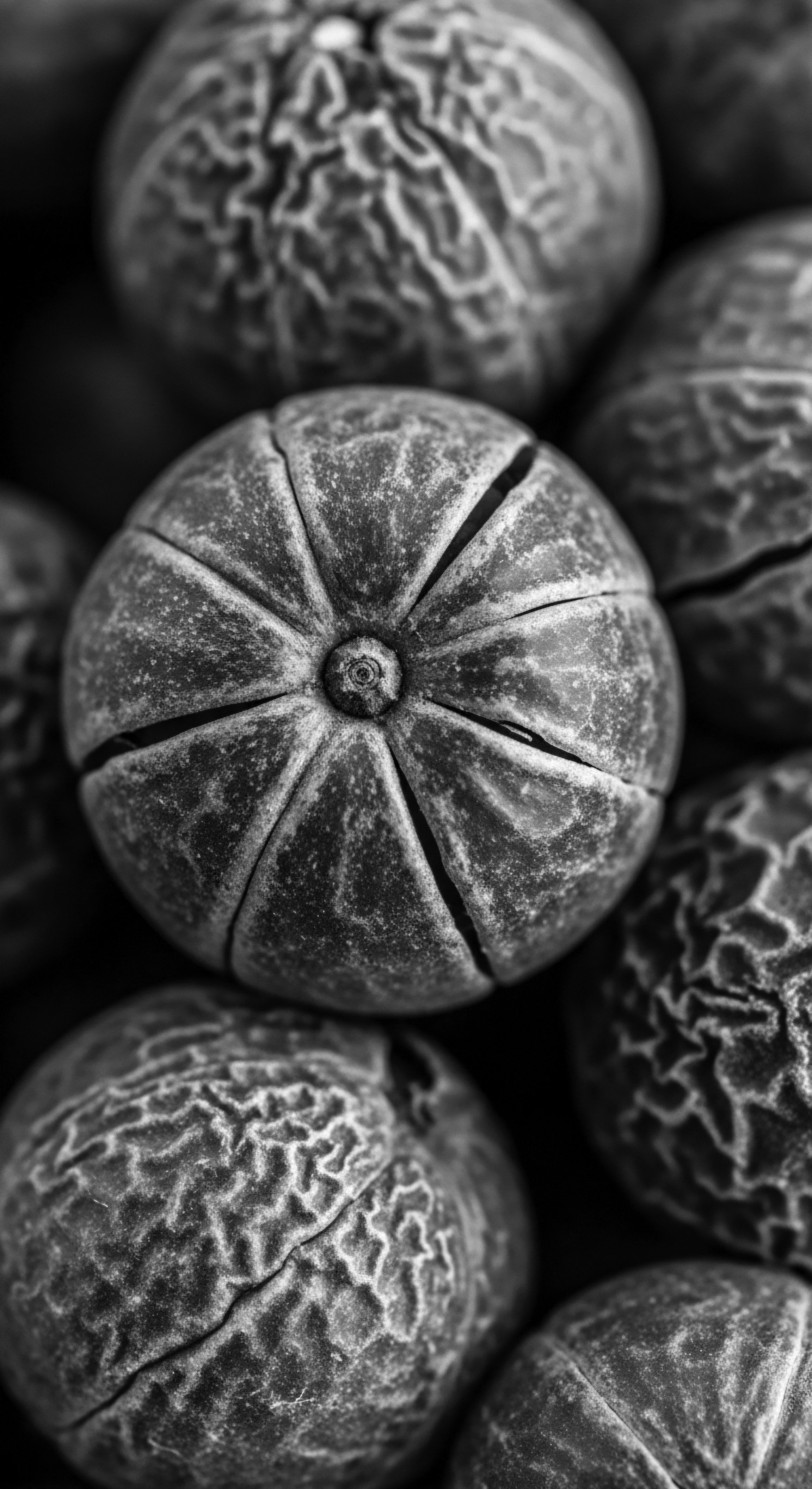
References
- Mbilishaka, A. (2018a). PsychoHairapy ❉ Brushing Up on the History and Psychology of Black Hair. Psi Chi Journal of Psychological Research, 23(4), 312-320.
- Maharaj, C. (2025, May 15). Beyond the roots ❉ exploring the link between black hair and mental health. Research .
- Byrd, A. D. & Tharps, L. D. (2014). Hair Story ❉ Untangling the Roots of Black Hair in America. St. Martin’s Griffin.
- Dove. (2019). The CROWN Research Study ❉ The Impact of Hair Discrimination on Black Women. (Cited in Williams, 2022).
- Williams, S. (2022, November 7). It’s More Than “Just” Hair ❉ Revitalization of Black Identity. Folklife Magazine .
- Johnson, T. A. & Bankhead, T. (2014). Hair It Is ❉ Examining the Experiences of Black Women with Natural Hair. Open Journal of Social Sciences, 2(10), 86-100.
- Young, L. (2023, December 19). Effectiveness of Self-Affirmation Interventions in Educational Settings ❉ A Meta-Analysis. International Journal of Environmental Research and Public Health, 20(24), 7277.
- Butler-Barnes, S. (2018, January 2). Study Shows Strong Racial Identity Improves Academic Performance of Young Black Women. The Journal of Blacks in Higher Education .
- Okoro, N. & Okoro, O. (2023). The Person Beneath the Hair ❉ Hair Discrimination, Health, and Well-Being. International Journal of Environmental Research and Public Health, 20(15), 6489.
- Mbilishaka, A. (2024, December 9). Don’t Get It Twisted ❉ Untangling the Psychology of Hair Discrimination Within Black Communities. American Journal of Orthopsychiatry .
- Perez, M. Ismael, L. & Holman, M. (2022, May 24). Study ❉ Black girls commonly have negative experiences related to their natural hair. Arizona State University News .
- Abioye, S. O. & Veenstra, A. F. (2024). Natural Hair Bias Against Black Minorities ❉ A Critical Investigation of Intersecting Identities. Innovatief in Werk .
- Henderson, A. (2015). Redefining the Identity of Black Women ❉ “Natural” Hair and the Natural Hair Movement. George Washington University.
- Hamilton, G. (2023). Black Women, Hair, and Self-Esteem. eScholarship.org.
- Rosado, S. (2003). The Grammar of Hair ❉ Hair as a Cultural Text in the African Diaspora. University of Massachusetts Amherst.
- Gay, G. (2018). Culturally Responsive Teaching ❉ Theory, Research, and Practice. Teachers College Press.
- Slocum, C. (2022). Affirming Respect and Kindness within a Classroom Community through Discussion and Multicultural Literature. Rowan Digital Works.
- Jenkins, N. D. (2025, January 2). Natural Black hair, and why it matters. Harvard Gazette .
